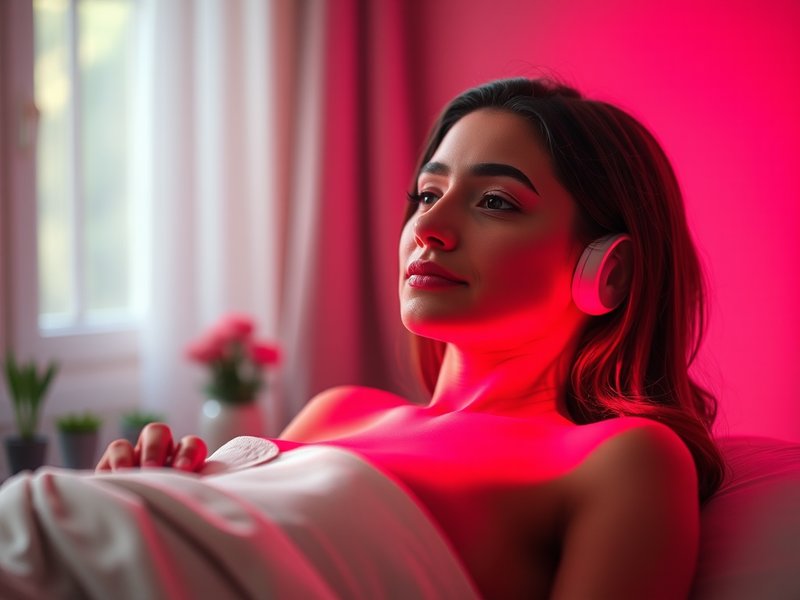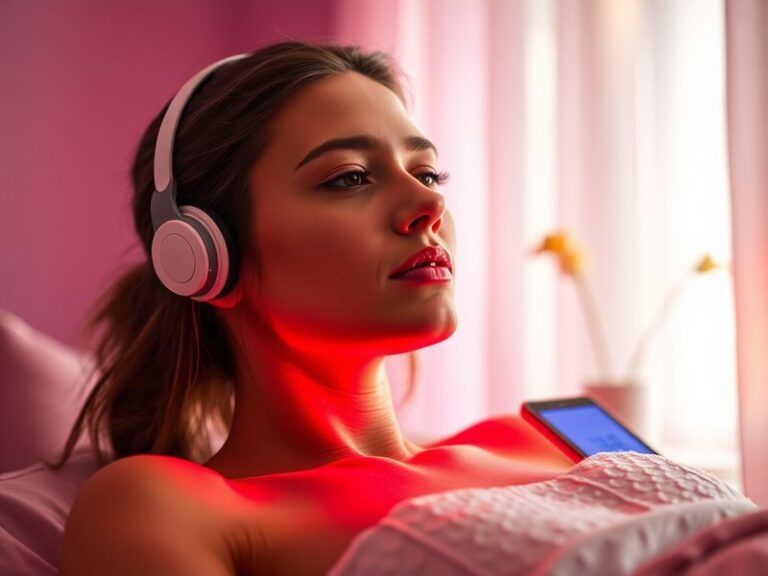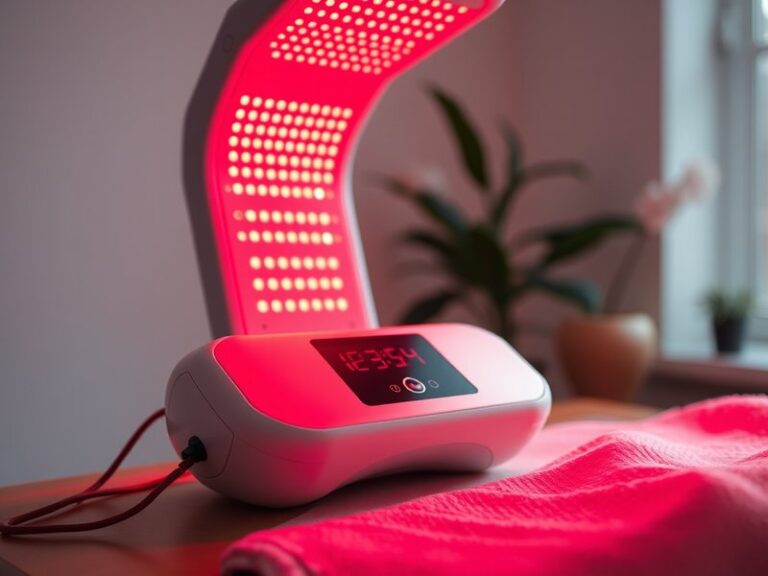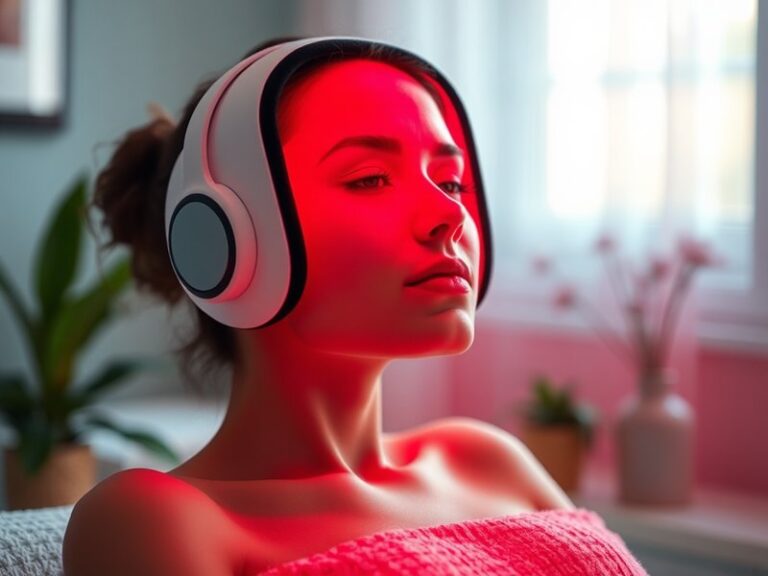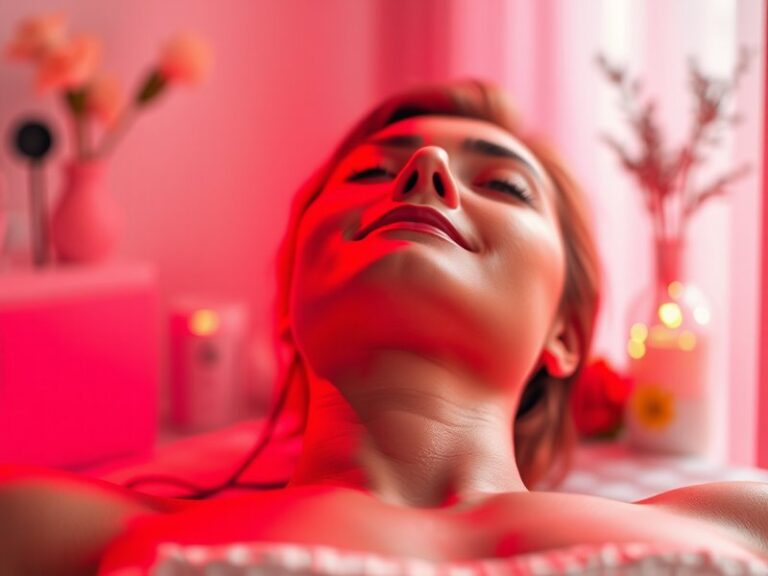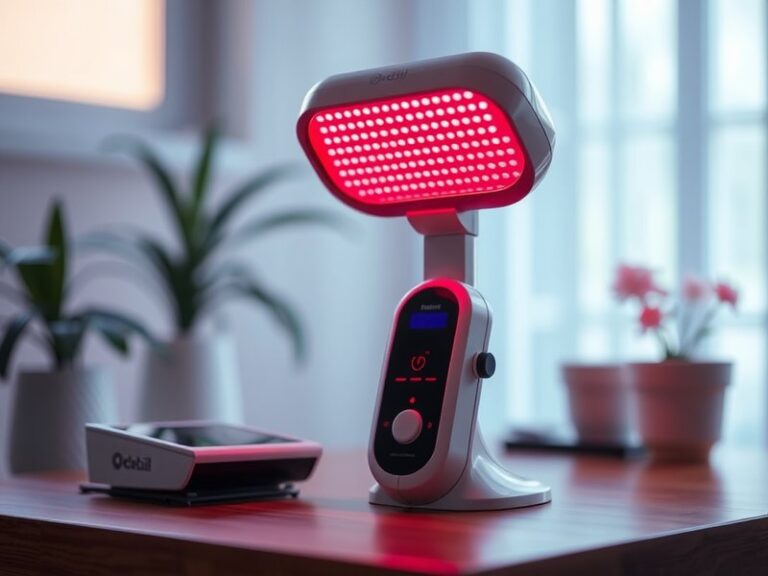Can Red Light Therapy Be Bad For You?
Can Red Light Therapy Be Bad For You?
Is red light therapy a miracle treatment, or can it have negative effects?
As the popularity of red light therapy continues to rise for various health and cosmetic benefits, many people are curious about its safety. This article will explore the potential downsides of red light therapy, alongside its benefits, considerations, and alternatives. By delving into the effects of this therapy, we aim to provide a balanced view that can help you make informed decisions.
Key Takeaways
- Red light therapy is largely considered safe but can have side effects for certain individuals.
- Excessive use or inappropriate treatments can lead to complications such as skin irritation or visual disturbances.
- Always consult with a healthcare professional before starting any new therapy, particularly if you have underlying health conditions.
What is Red Light Therapy?
Red light therapy (RLT) is a treatment that uses low-level wavelengths of red or near-infrared light to heal and rejuvenate. It is commonly applied using light-emitting diodes (LEDs) or lasers. This therapy is often used for skin rejuvenation, pain relief, wound healing, and even hair growth.
Understanding how red light therapy works is essential. The light penetrates the skin and stimulates cellular processes, enhancing the production of ATP (adenosine triphosphate), which helps cells regenerate. The therapy is non-invasive and can be administered in various settings, from clinics to home devices.
What are the Benefits of Red Light Therapy?
The benefits of red light therapy extend across various physical and aesthetic applications. Below are some key advantages.
Skin Rejuvenation
Red light therapy promotes collagen synthesis, which helps reduce the appearance of wrinkles and fine lines. A study published in “Photomedicine and Laser Surgery” found that participants who underwent RLT saw significant improvements in skin texture and elasticity.
Pain Relief
Many people use red light therapy to alleviate chronic pain, including conditions like arthritis and back pain. A review of randomized controlled trials indicated that RLT effectively reduces inflammation and pain levels in patients, yielding better quality of life.
Wound Healing
Red light therapy has been shown to accelerate wound healing by enhancing cellular regeneration and reducing inflammation. It is often used in clinical settings for treating diabetic ulcers and other slow-healing wounds.
Enhanced Muscle Recovery
Athletes are increasingly utilizing RLT post-exercise, as it aids in reducing soreness and speeding up muscle recovery times. Evidence suggests that light therapy can improve muscle recovery by reducing oxidative stress.
Is it Possible to Experience Negative Effects from Red Light Therapy?
While many people benefit from red light therapy, it is crucial to consider the possibility of adverse effects. Overexposure or incorrect usage can lead to adverse conditions.
Read the full story Daily Red Light Therapy Usage Limit?
What are the Advantages of Being Aware of the Risks?
Understanding the risks associated with red light therapy allows you to use it more effectively. Knowing the downsides can help you:
- Avoid skin irritations or burns caused by excessive exposure.
- Make informed decisions about the duration and frequency of treatments.
- Recognize symptoms that warrant consultation with a healthcare professional.
What are the Disadvantages of Red Light Therapy?
Some potential disadvantages include:
- Skin Irritations: For some individuals, prolonged exposure can result in skin redness, rashes, or sensitivity.
- Visual Disturbances: Direct exposure to red light can cause temporary visual disturbances; hence protective eyewear is necessary during treatment.
- Contraindications: People with certain medical conditions, such as photosensitivity disorders, should avoid RLT.
What are the Things to Consider Before Trying Red Light Therapy?
Before opting for red light therapy, consider the following factors to ensure a safe experience.
Consult a Healthcare Provider
Before starting therapy, discussing with a healthcare professional is essential. They can help assess your individual health needs and risks, especially if you have existing health conditions.
Follow Manufacturer Guidelines
If using a home device, thoroughly read the user manual and adhere to recommended usage. Overuse can lead to skin and eye problems.
Skin Type Sensitivity
Evaluate your skin type and sensitivity before treatment. Individuals with fair skin might be more susceptible to adverse effects from light exposure.
Assess Treatment Environment
Ensure that the therapy is administered in a controlled environment, where equipment is properly maintained, and the service provider is trained.
What are the Alternatives to Red Light Therapy?
If you are hesitant about using red light therapy, several alternatives may also provide health and cosmetic benefits.
Blue Light Therapy
Often used for acne treatment, blue light therapy targets bacteria that cause skin breakouts. It has minimal side effects and can be an effective option for improving skin health.
LED Light Masks
These masks combine different wavelengths of light (including red and blue) to address various issues like aging and acne. They are convenient for at-home use and are generally safe.
Ultrasound Therapy
Ultrasound therapy utilizes sound waves to stimulate cellular activity. It is commonly used in physical therapy for pain relief and tissue healing.
Microdermabrasion
This non-invasive procedure exfoliates the skin, improving texture and tone. It can be a good alternative for skin rejuvenation without involving light therapy.
Conclusion: Is it Recommended to Use Red Light Therapy?
Red light therapy offers a variety of benefits, from improving skin health to aiding in pain relief. However, it is important to consider the potential negative effects and consult with a healthcare provider before starting treatment. With cautious use and adequate knowledge, red light therapy can be a valuable addition to your wellness routine.
Frequently Asked Questions
Can anyone use red light therapy?
Generally, red light therapy is safe for most people. However, those with certain medical conditions, such as photosensitivity disorders or specific eye issues, should consult a healthcare provider before use.
How often should I use red light therapy?
The frequency of use depends on the specific condition being treated. Typically, sessions may last from 5 to 20 minutes a few times a week, but it’s essential to follow guidelines provided by a healthcare provider or the manufacturer.
Are there any side effects?
While side effects are rare, some individuals may experience temporary redness or irritation after treatment. Protective eyewear is recommended to avoid potential visual disturbances.
Can red light therapy be used at home?
Yes, many devices designed for at-home use are available, but it’s crucial to understand how to use them safely and effectively. Always follow the manufacturer’s instructions.
What should I do if I experience side effects?
If you notice any adverse effects, such as persistent redness or irritation, discontinue use and consult a healthcare professional for guidance.
Explore the topic in Does Red Light Therapy Work?
